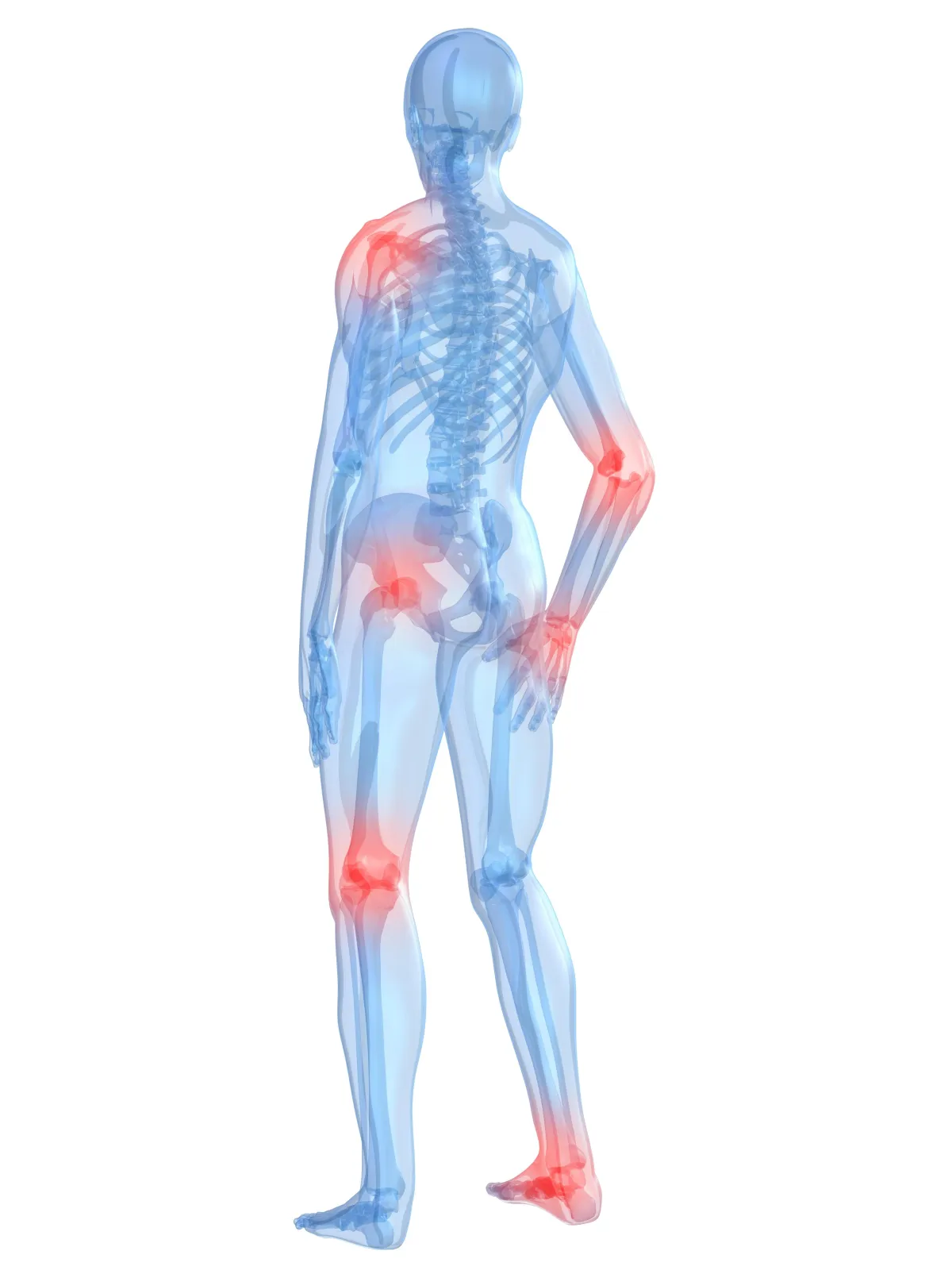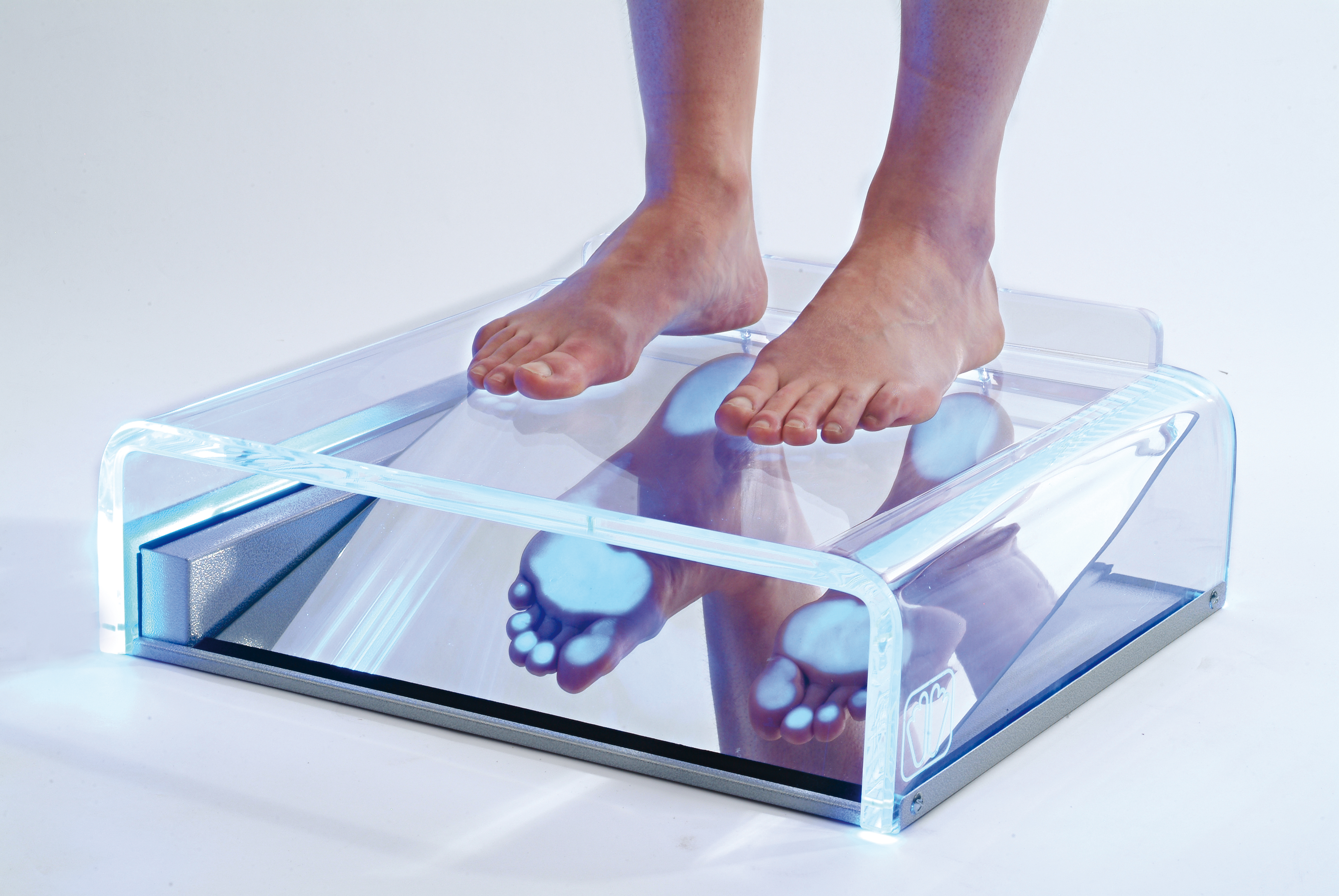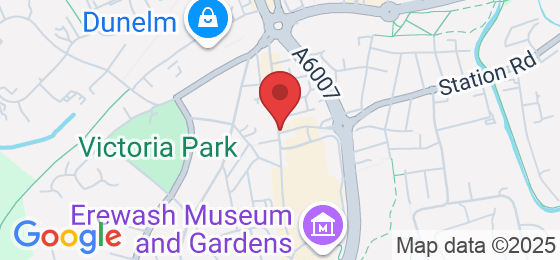
Understanding the Ins and Outs of Biomechanical Assessments
Understanding the Ins and Outs of
Biomechanical Assessments

Have you ever wondered what happens during a Biomechanical Assessment and whether it could be the key to resolving your foot pain or other related issues?
If so, stay tuned… we’ll delve into the world of Biomechanical Assessments, demystify the process, and explain why they are essential for understanding and addressing issues related to your lower limbs and overall posture.
Whether you're concerned about foot pain, posture, or other discomforts, this friendly and informative guide will help you gain insight into the world of biomechanics.
What is a Biomechanical Assessment?
During a Biomechanical Assessment, your We Fix Feet expert will thoroughly examine your lower limbs, focusing on their structure, alignment, strengths, and weaknesses. The primary goal is to diagnose and uncover the root cause of your pain or related symptoms…. Which could be in your Feet, Knees, Hips, Back or even Shoulders and Neck!
Therefore, it's important to note that this assessment isn't limited to just problems with your feet. Instead, it takes a holistic approach, considering your entire body and its posture. The relationship between different areas of your body can be crucial in understanding and addressing pain and discomfort.
Why Consider a Biomechanical Assessment?
A Biomechanical Assessment can be a game-changer if you've been dealing with issues like foot pain, knee problems, ankle discomfort, backaches, or concerns about your posture. It's a diagnostic tool highlighting abnormalities in your lower limbs and overall biomechanics. By identifying these issues early on, you can proactively address them, potentially preventing more significant problems.
Understanding the Assessment Process
So, what exactly happens during a Biomechanical Assessment? Let's break it down.
1. Initial Discussion: Your clinician will start by discussing your pain, injury, and any relevant medical history. They'll want to know how long you've been experiencing discomfort and whether you've tried any treatments in the past. This information helps them tailor the assessment to your specific needs.
2. Static Assessment: The assessment is typically divided into two parts, the first being the static assessment. Here, the clinician will perform a series of joint and muscle tests to evaluate the quality and range of motion in your lower limbs. They'll look for any differences or asymmetry between different parts of your body.
3. Postural Assessment: The second part of the assessment involves a postural evaluation. While you stand, the clinician will take a series of photographs to pinpoint issues related to your posture and any potential bony alignment problems in your legs.
Treatment Options
The type of treatment you receive following the assessment will depend on the findings and your unique circumstances. Here are some possibilities:
1. Footwear Advice: If your structural foot mechanics are sound, you might receive guidance on selecting appropriate footwear to reduce the risk of future problems.
2. Orthotics/Insoles: In cases where issues contributing to your pain are identified, custom 3D-printed orthotics or supportive insoles may be prescribed. These devices are designed to provide support and functional correction where needed.
3. Education and Exercises: Your clinician may provide education on improving your condition, alleviating pain and recommending specific exercises to address weaknesses or imbalances.
4. Sports Massage, Laser Therapy or Dry Needling: For some individuals, a tailored rehabilitation programme that could include sports massage, laser therapy or dry needling may be suggested as part of the treatment plan to help alleviate discomfort and improve muscle function.
The Treatment Pathway for Custom Orthotics/Insoles
If you require custom-made orthotics or insoles, the typical treatment pathway looks like this:
Step 1: Initially, you'll be given simple insoles and exercises to prepare your body for further treatment. This step is essential because placing custom insoles immediately may lead to discomfort as your body adjusts to the correction. Muscle tightness may need to be addressed first.
Step 2: About 4-6 weeks after the first step, you'll undergo a sports massage or commence rehabilitation sessions. This helps in reviewing your progress and adjusting your treatment plan as needed.
Step 3: Approximately 3 months after your initial assessment, you'll return for a 3D scan of your feet to create custom 3D-printed orthotics prescribed to your specific needs.
Why Biomechanical Assessments Matter
Now that you understand what happens during a Biomechanical Assessment, you might wonder why it's crucial. Here's why:
1. Addressing Asymmetry: Most people are not perfectly symmetrical, and these imbalances can affect your posture and how you move and stand. Biomechanical assessments help identify and correct these asymmetries, identifying the causes of pain, discomfort, and reduced range of mobility.
2. Detecting Structural Issues: Foot deformities, collapsed arches, limb length discrepancies, or sporting injuries can lead to additional stress on the body and joints. Biomechanical assessments can uncover these structural problems, allowing for early intervention.
3. Prevention: By addressing biomechanical issues early on, you can prevent more significant problems from developing. This proactive approach to healthcare can improve your overall well-being, mobility, sporting performance and general quality of life.
Conclusion
In summary, a Biomechanical Assessment is valuable for identifying, understanding and addressing issues related to your lower limbs, posture, and overall biomechanics.
Whether you're dealing with pain and discomfort or simply want to ensure your body is in optimal condition, a B Biomechanical Assessment can provide valuable insights and tailored treatment options.
Don't hesitate to book an appointment for a Biomechanical Assessment at one of our award-winning clinics in Beeston, Nottingham or Ilkeston, Derbyshire, by calling us on 0115 9328832.
Our experts are here to help with your concerns about lower limb health, postural pain and musculoskeletal well-being. Your body will thank you for taking the proactive step NOW towards reducing pain and promoting better health and mobility.
Ask The We Fix Feet Team
Fill in the form to request a Call From Our Team
One of our team will call you for FREE and answer any questions or concerns you may have about your uncomfortable foot condition

Where To Find We Fix Feet
Our We Fix Feet podiatry clinics are conveniently located in Ilkeston, Derbyshire and Beeston, Nottinghamshire
Open: Mon-Fri 09:00-17:00 / Sat 09:00-13:00
94 Bath Street, Ilkeston, Derbyshire DE7 8FE
8 Wollaton Road, Beeston, Nottinghamshire NG9 2NR
Pay and display parking nearby




